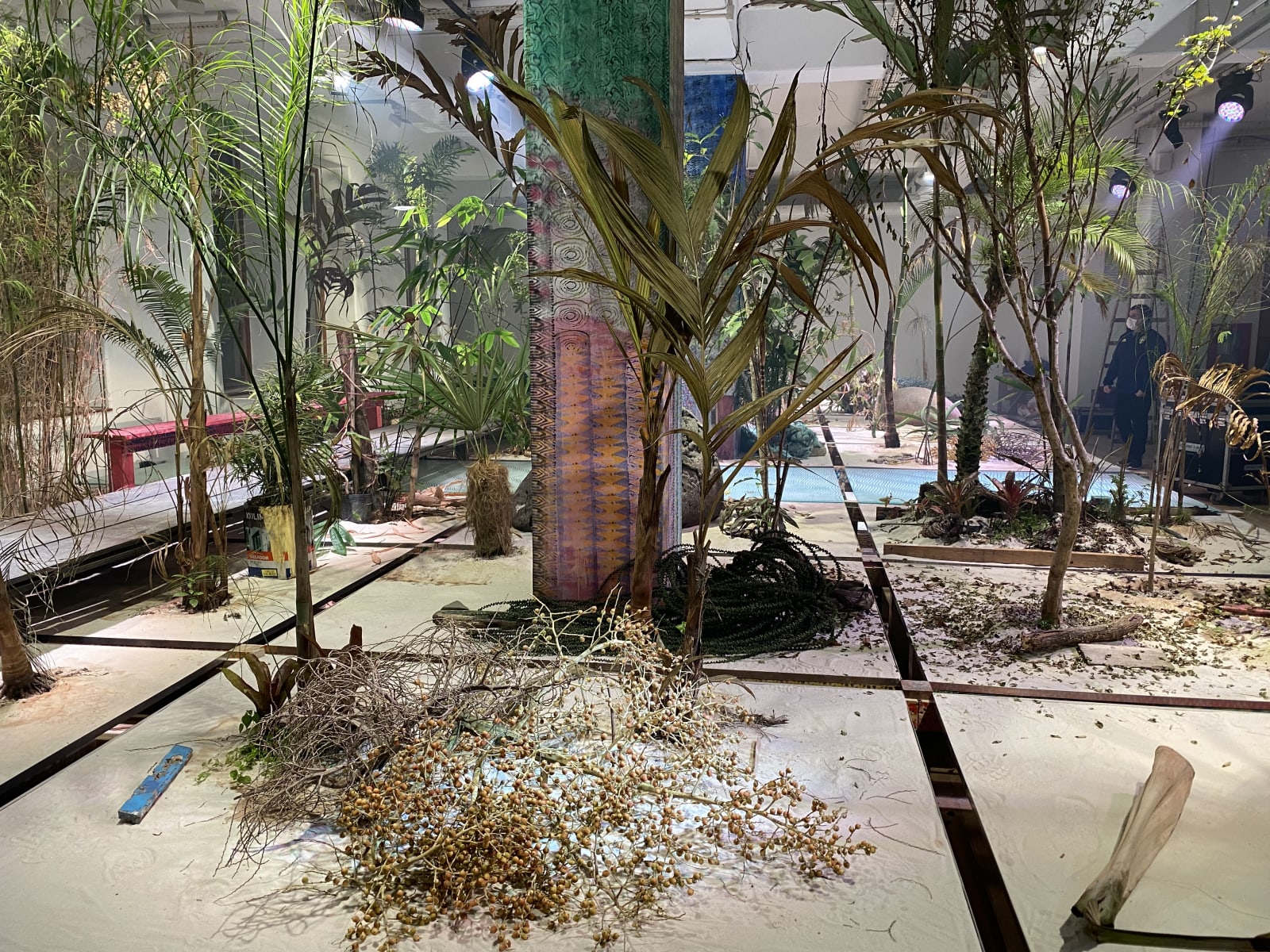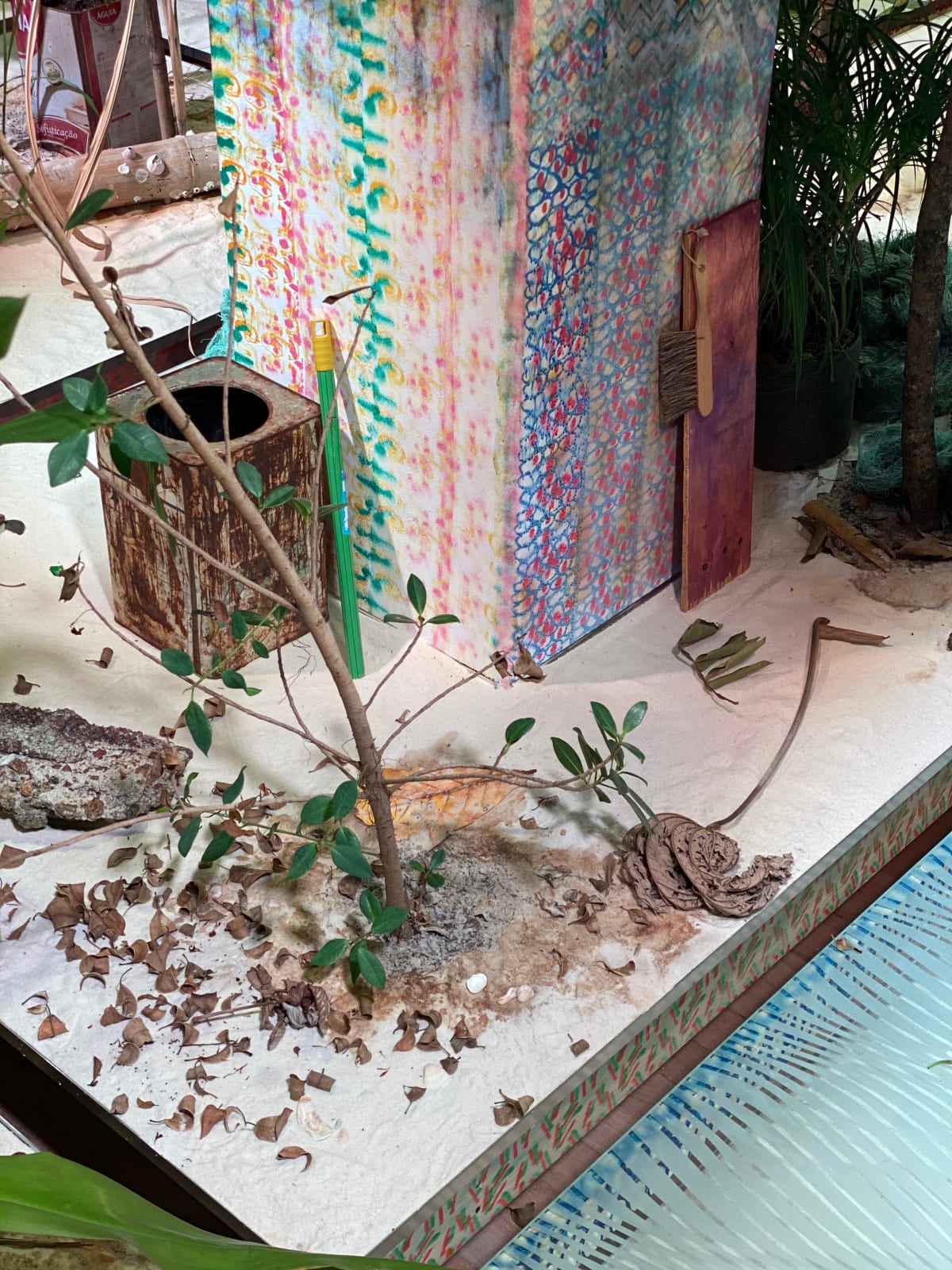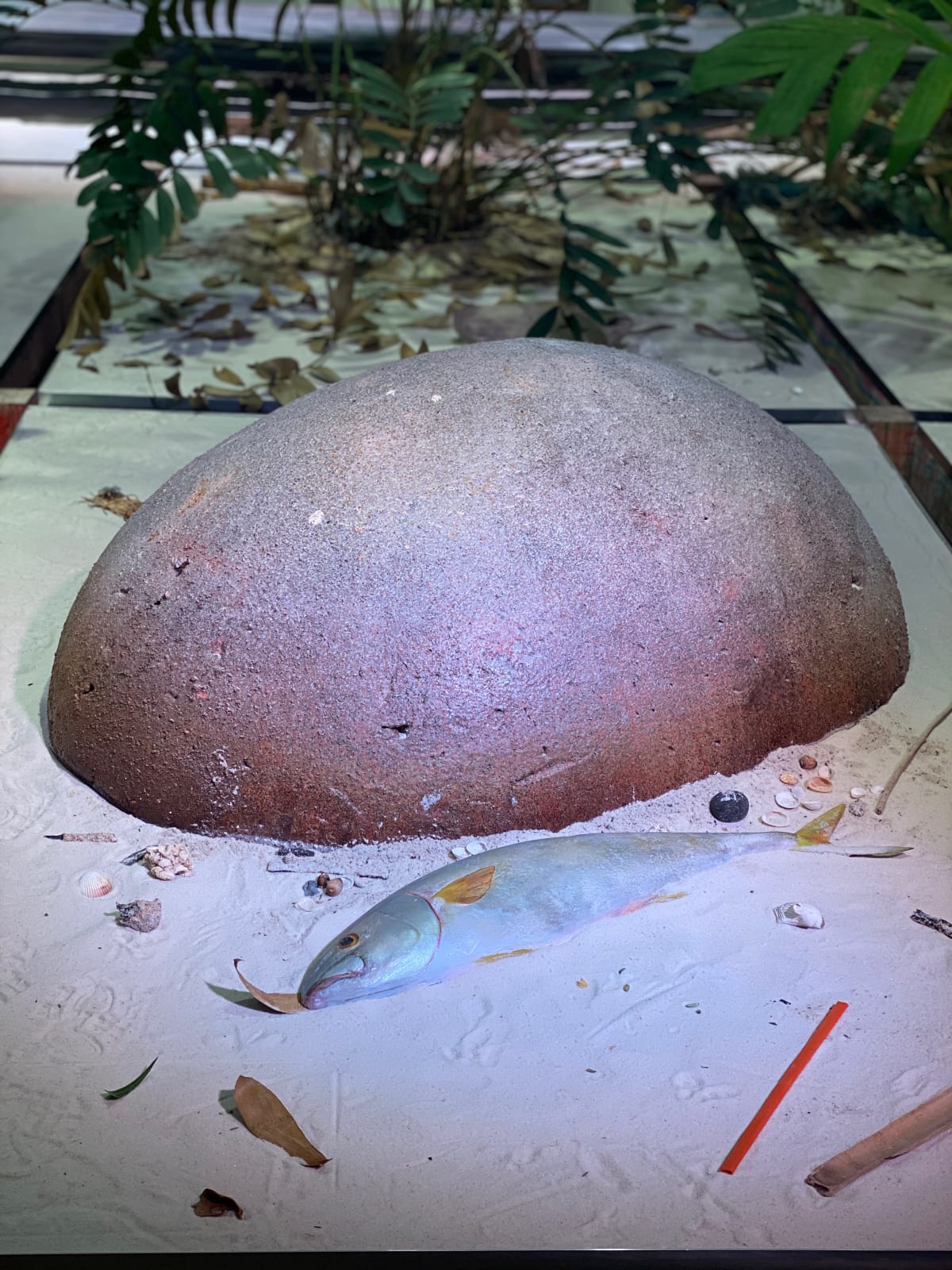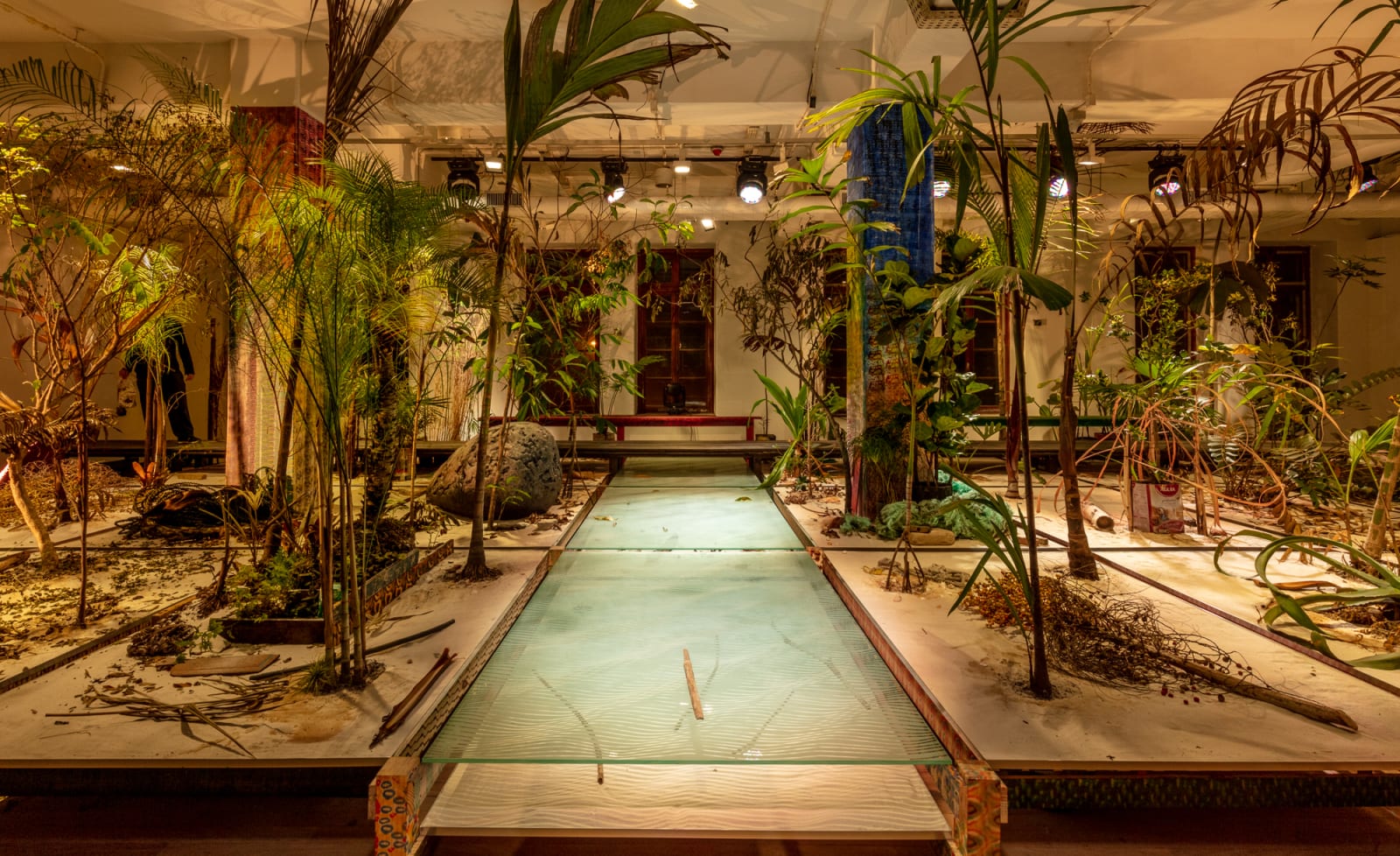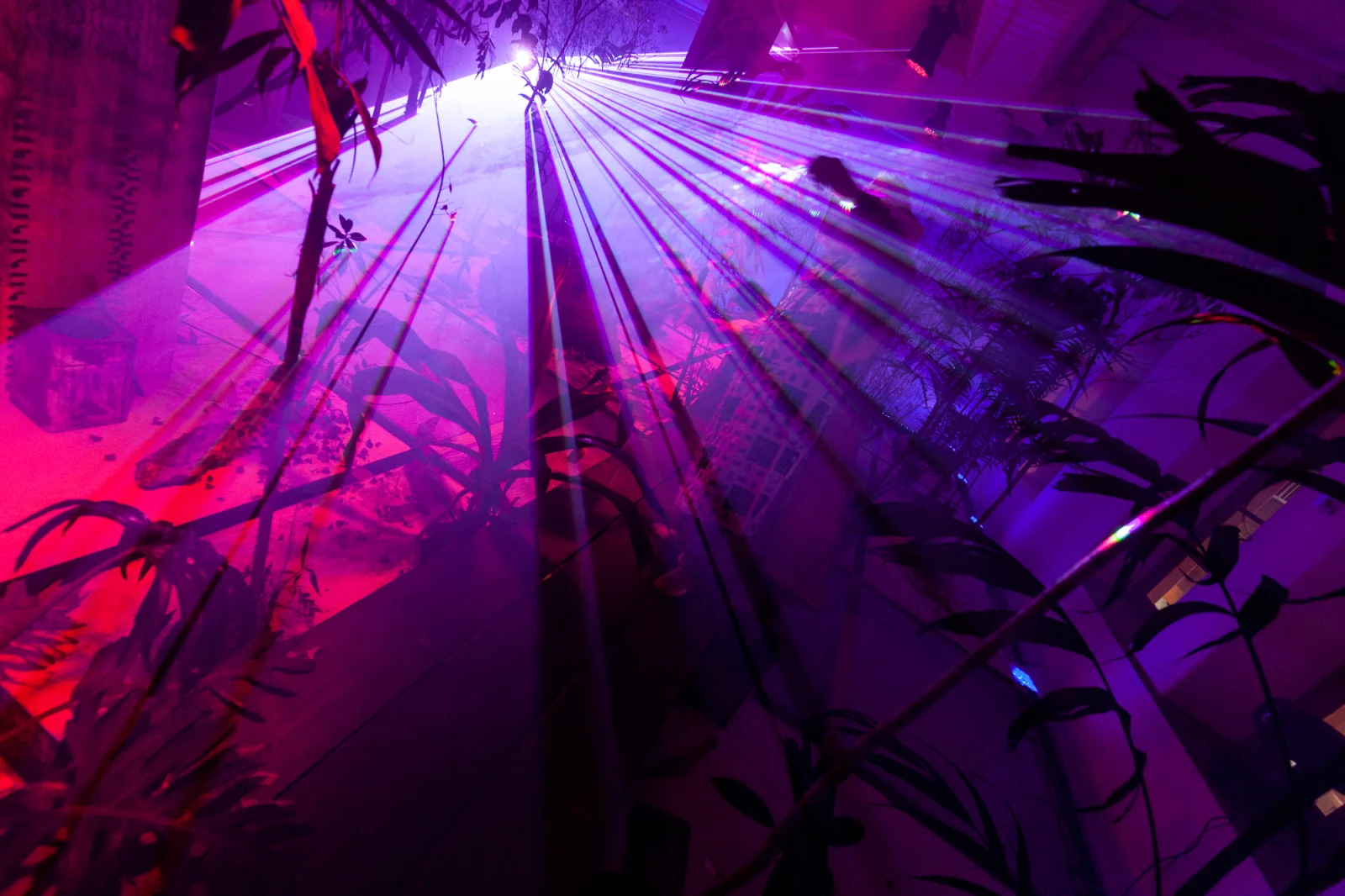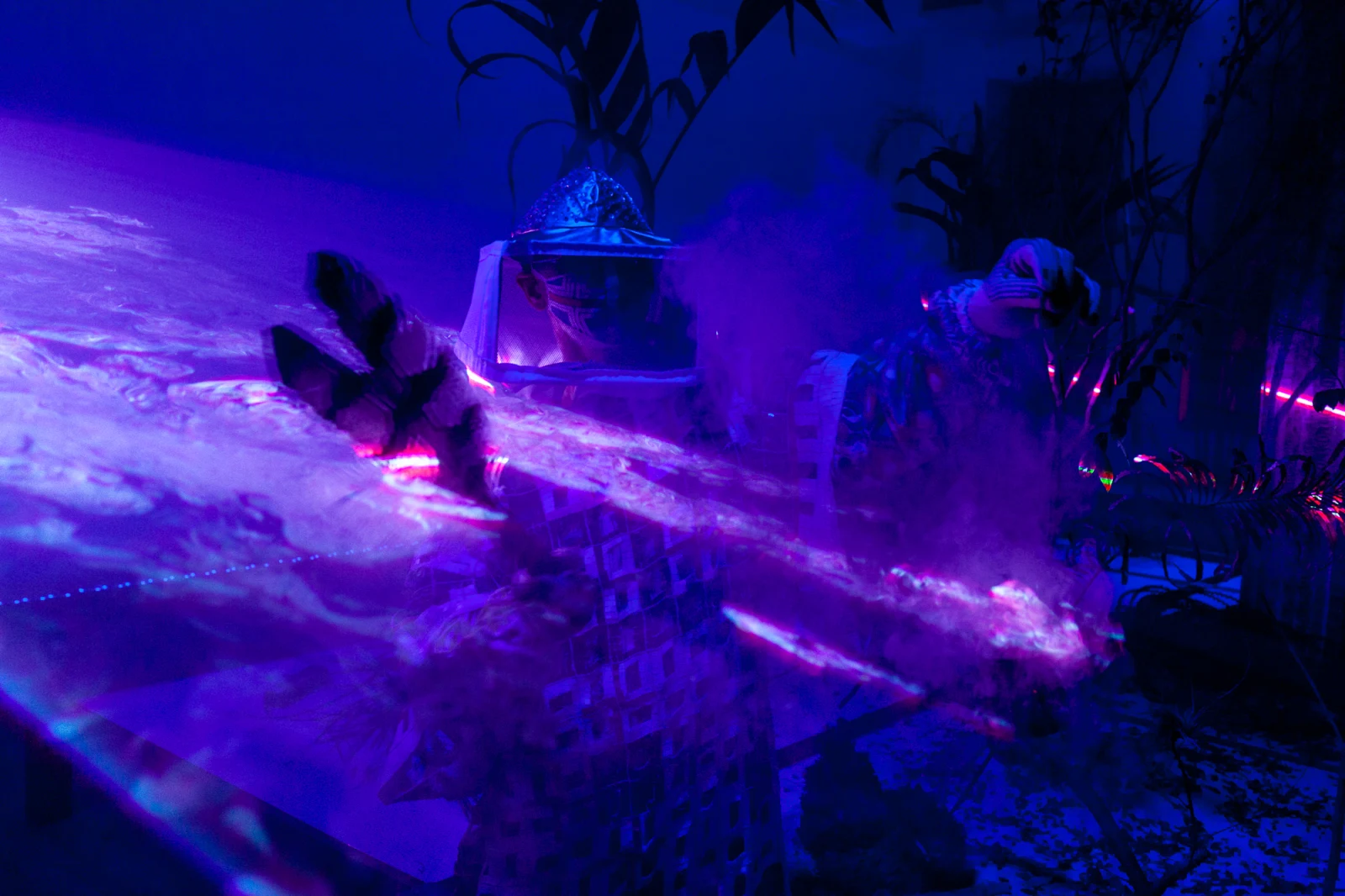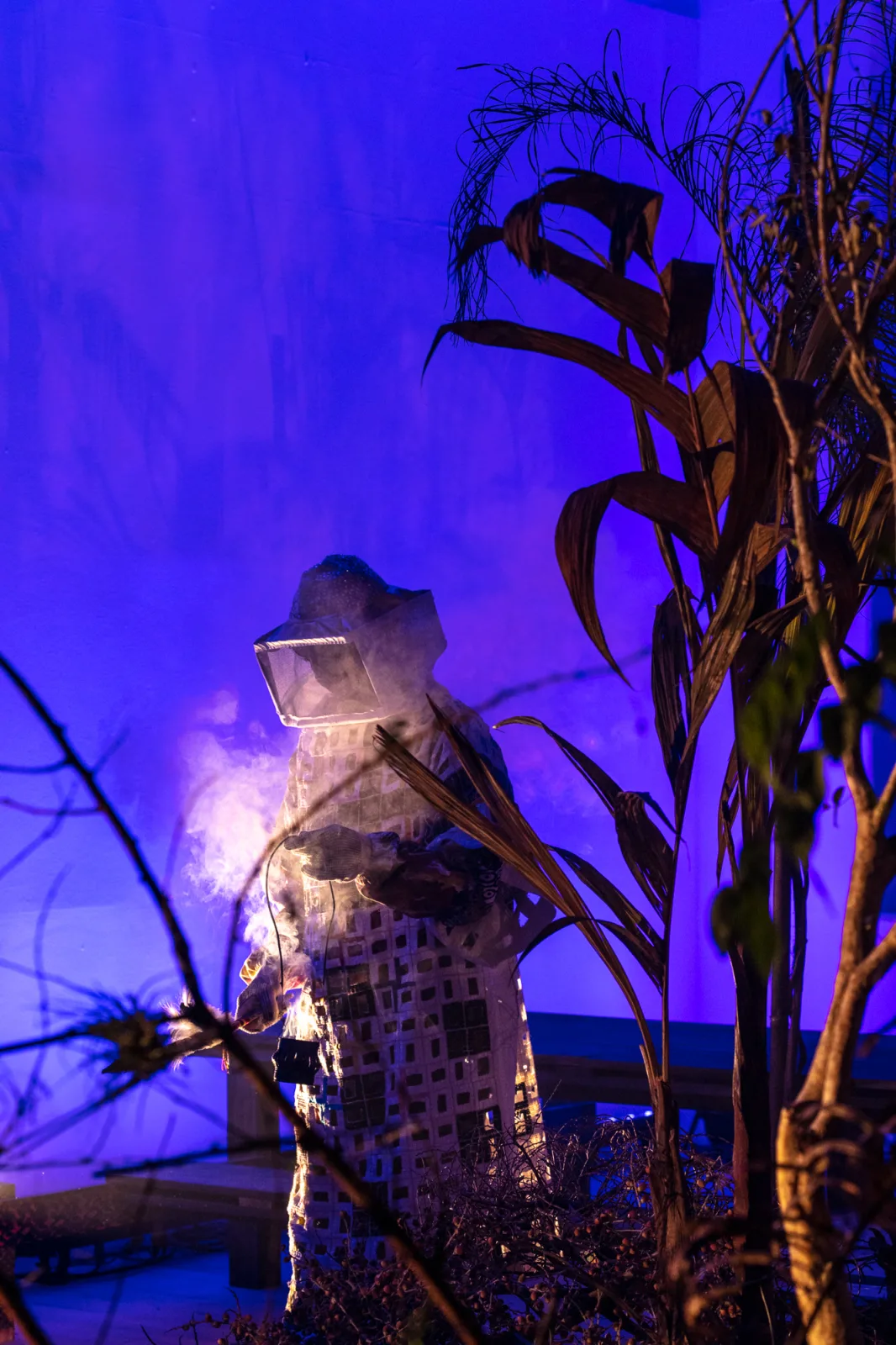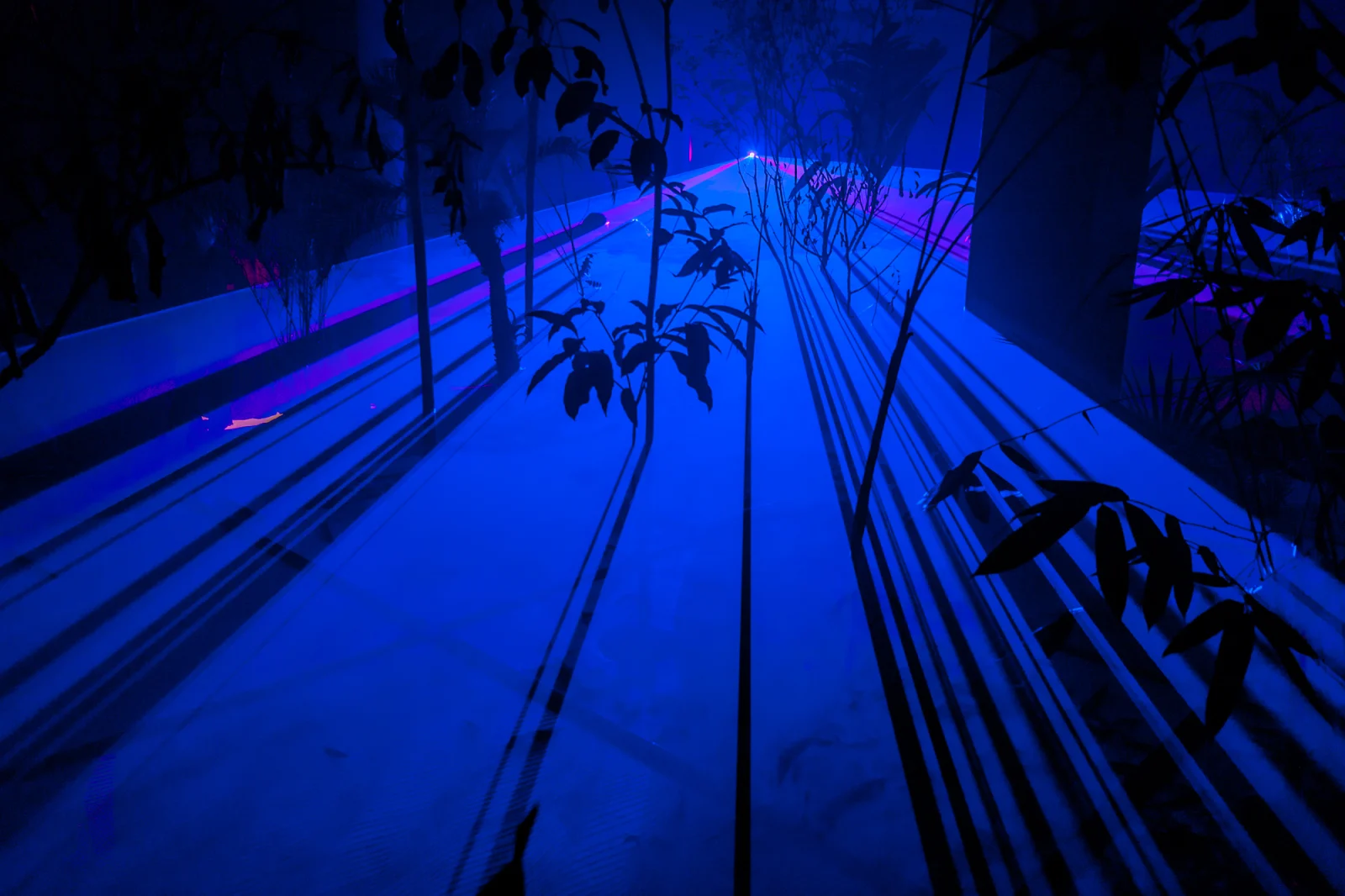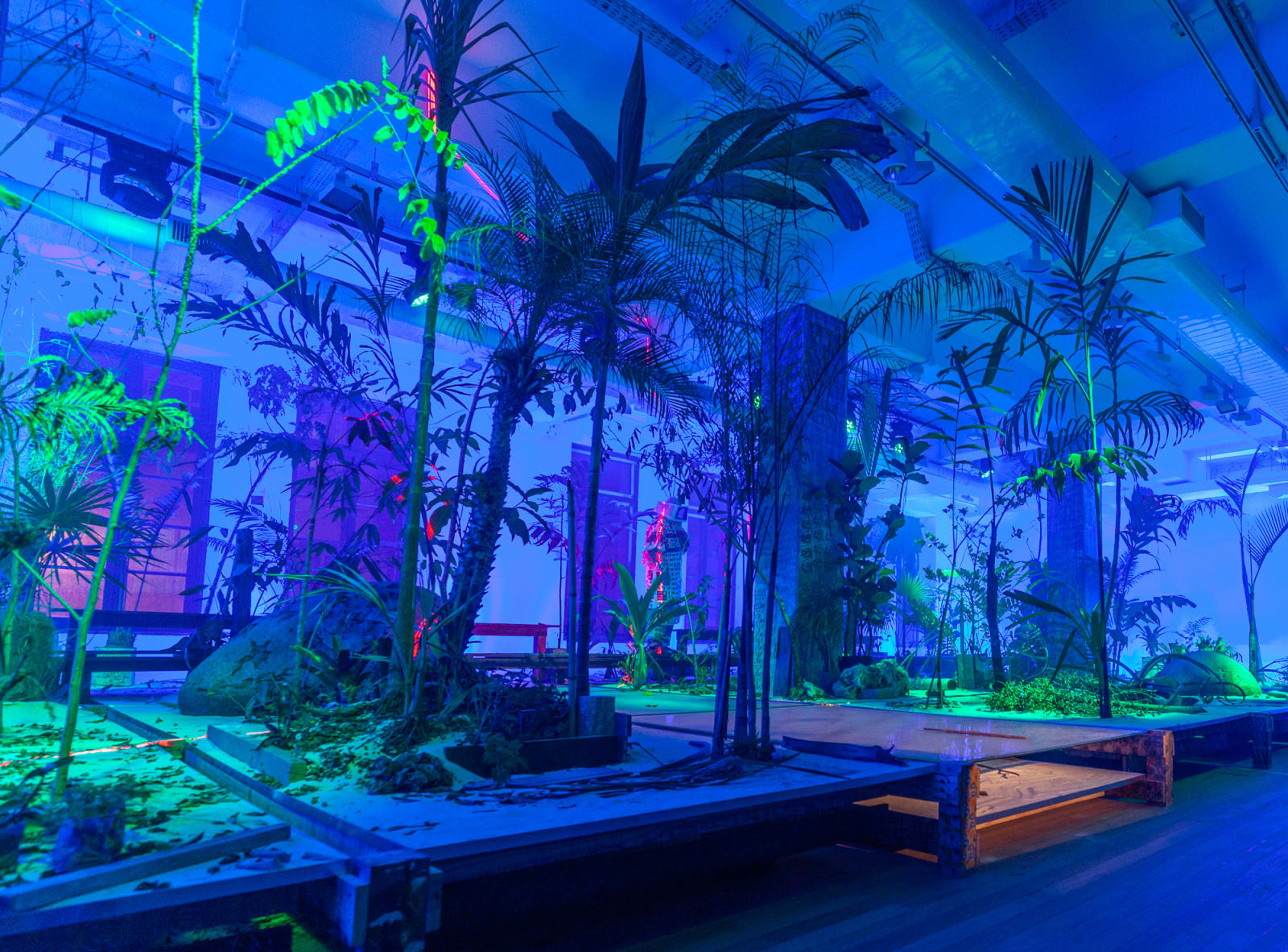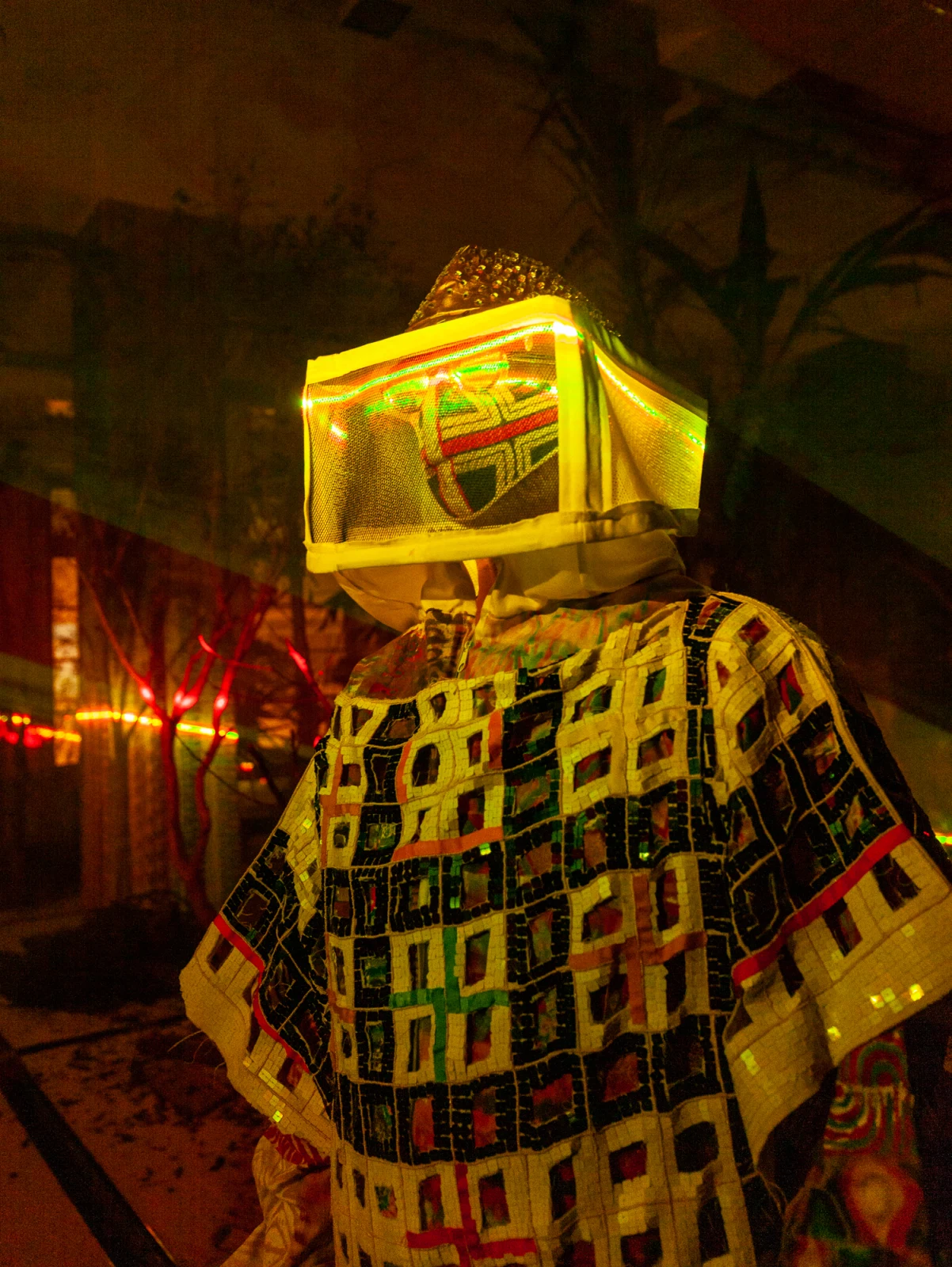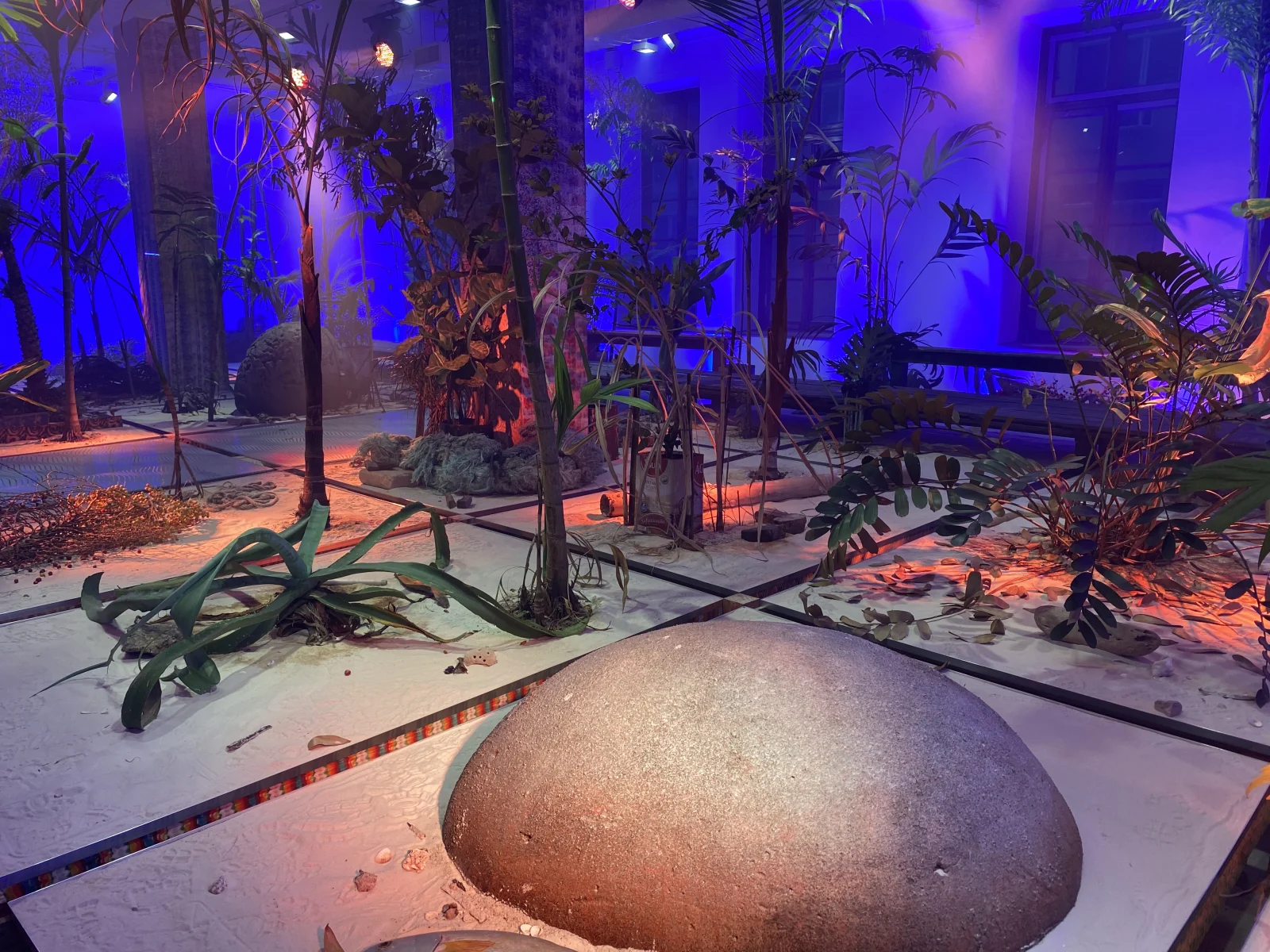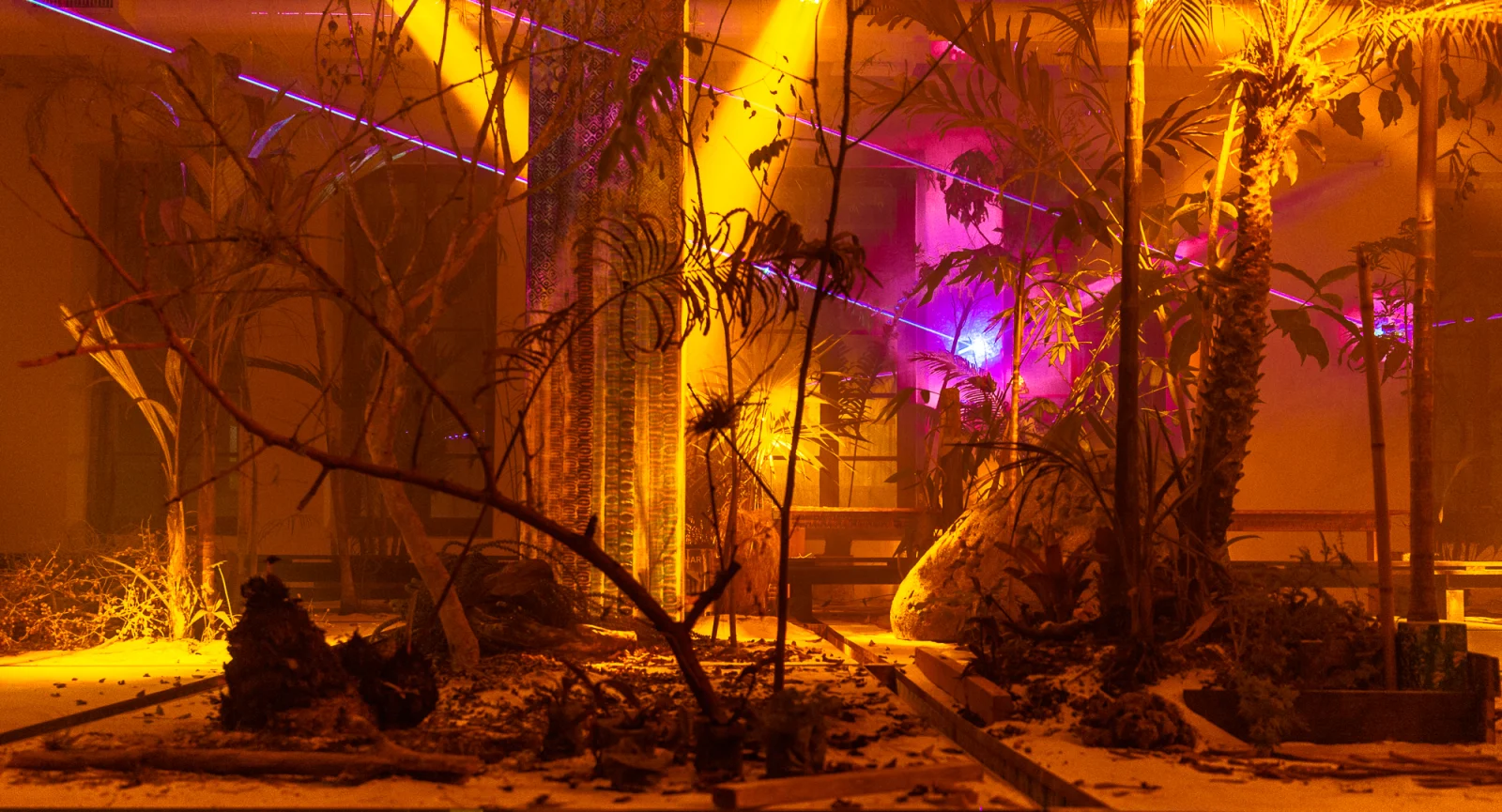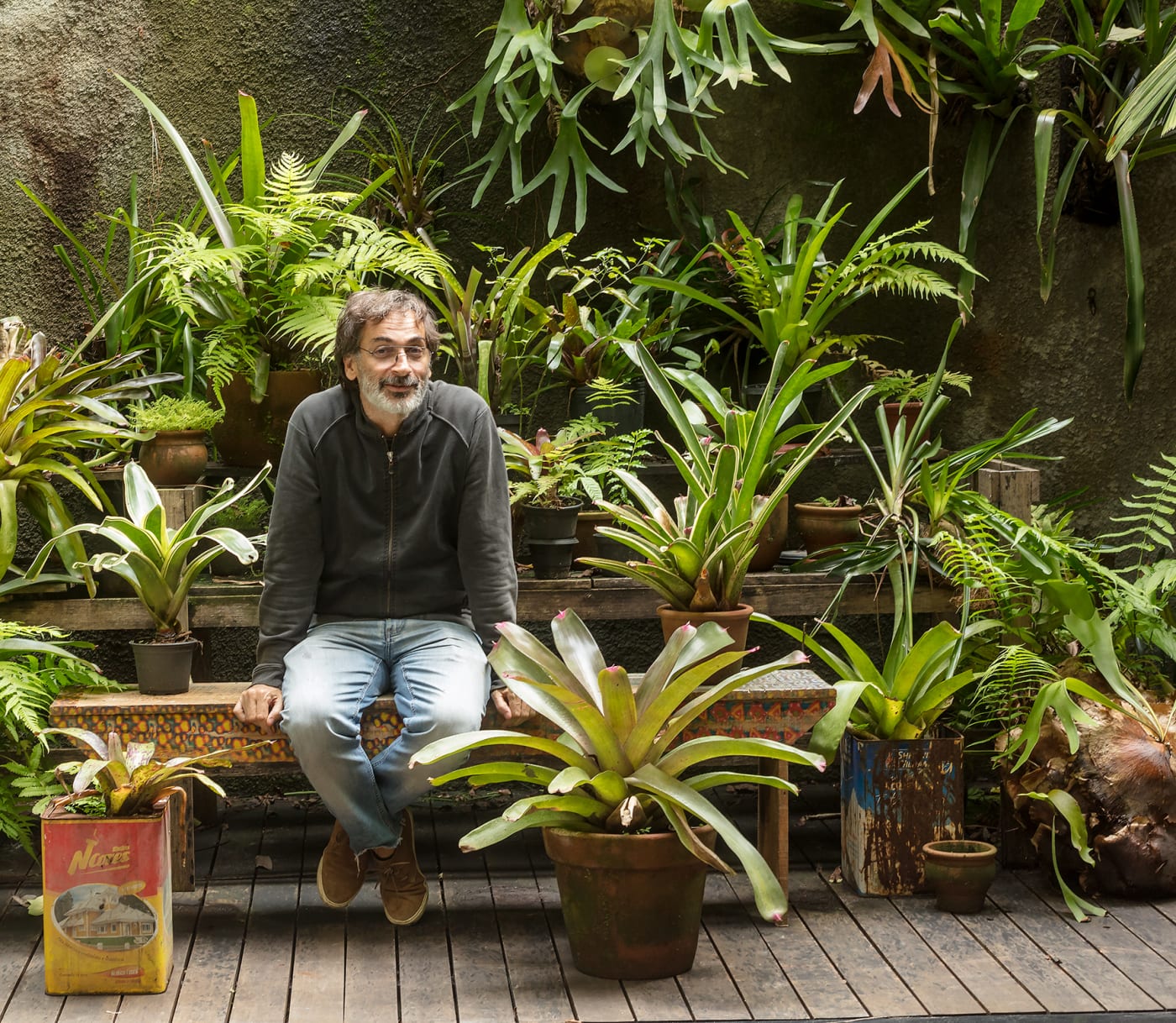
Luiz Zerbini: Campo Expandido
Overview
“This exhibition reaffirms the purpose of Oi Futuro, which for a decade and a half has been dedicated to producing, exhibiting and disseminating projects relating to the convergence between art, science and technology.”
– Roberto Guimarães (Executive Manager of Culture, Oi Futuro)
After almost seven months of closure due to the Covid-19 pandemic, Centro Cultural Oi Futuro reopened to the public with 'Campo Expandido', a solo exhibition by Luiz Zerbini featuring new site-specific installations and interventions. The exhibition is presented by the State Government of Rio de Janeiro, the State Secretariat for Culture and Creative Economy and the State Law for Incentive to Culture, with support from Oi Futuro.
Inside the entrance of Oi Futuro on the ground floor stands a large tree, illuminated by coloured light that enters through the façade glass. Situated in the shade of this tree and protected by its leaves are two smaller palms. Amongst the foliage, television monitors play a 20-minute video produced during the show's installation. Directed by Batman Zavareze, the film follows Zerbini walking through the galleries of Oi Futuro, which are transformed by a vast array of plants and coloured light. The artist wears the costume of a beekeeper and on his head, a garment created in collaboration with stylist Isabela Capeto and inspired by his work with coloured slides. “It is like a being from the future, arriving and taking care of the forest," Zerbini explains.
Visitors are asked to remove their shoes before entering the first room of the exhibition. Situated on a floor covered by sand are a variety of trees as well as medicinal and ornamental plants. “It is an immersive environment, where it is possible to experience a sense of place”, the artist explains. Within this garden sits a 'table' built from wood collected by the artist over a period of years. This structure is inspired by a practice common in the riverside communities of the Amazon, where collections of medicinal herbs and edible spices are arranged on improvised platforms. Built with simple found materials, these structures are "a kind of garden-pharmacy," Zerbini explains. “I have been calling them tables, but they are not exactly tables. They are installations, transparent horizontal planes, supported by wooden structures. It is as if the paintings had reached three-dimensionality, where horizontal planes predominate.”
On the first floor of the building, Zerbini has transformed the large second gallery into a contemplative garden. The installation comprises over fifty trees and shrubs as well as objects collected or created by the artist. Suspended 45cm from the floor on a sand base, the garden is designed to appear as if it is floating. Visitors are led through the installation via wooden walkways and the room's columns are printed with geometric shapes and textures drawn from the artist's paintings. Further transforming the gallery's architecture, the artist removed the walls that concealed the windows of the space, bathing the flora in natural light. "It is as if the public is entering a forest," Zerbini explains.
In the third gallery, four unpublished monotypes are exhibited. The works each measure 100 x 80cm and were created this year using plants and leaves found by the artist. “Monotype is pure technology! Thinking about the potential of the forest today is thinking technologically” he explains. This interest in ecology is also reflected in the coloured filters that are placed on the skylight and side façade of Oi Futuro, which emphasise the presence of light and its power as an inexhaustable source of energy. Recalling the transparent lenses of Zerbini's 'Slide' works, these filters bathe the interior of the building in a kaleidoscope of vibrant shades that capture the intoxicating experience of the Brazilian rainforest.
“This exhibition reaffirms the purpose of Oi Futuro, which for a decade and a half has been dedicated to producing, exhibiting and disseminating projects relating to the convergence between art, science and technology.”
– Roberto Guimarães (Executive Manager of Culture, Oi Futuro)
R. Dois de Dezembro, 63 - Flamengo
Rio de Janeiro
RJ, 22220-040
Brazil
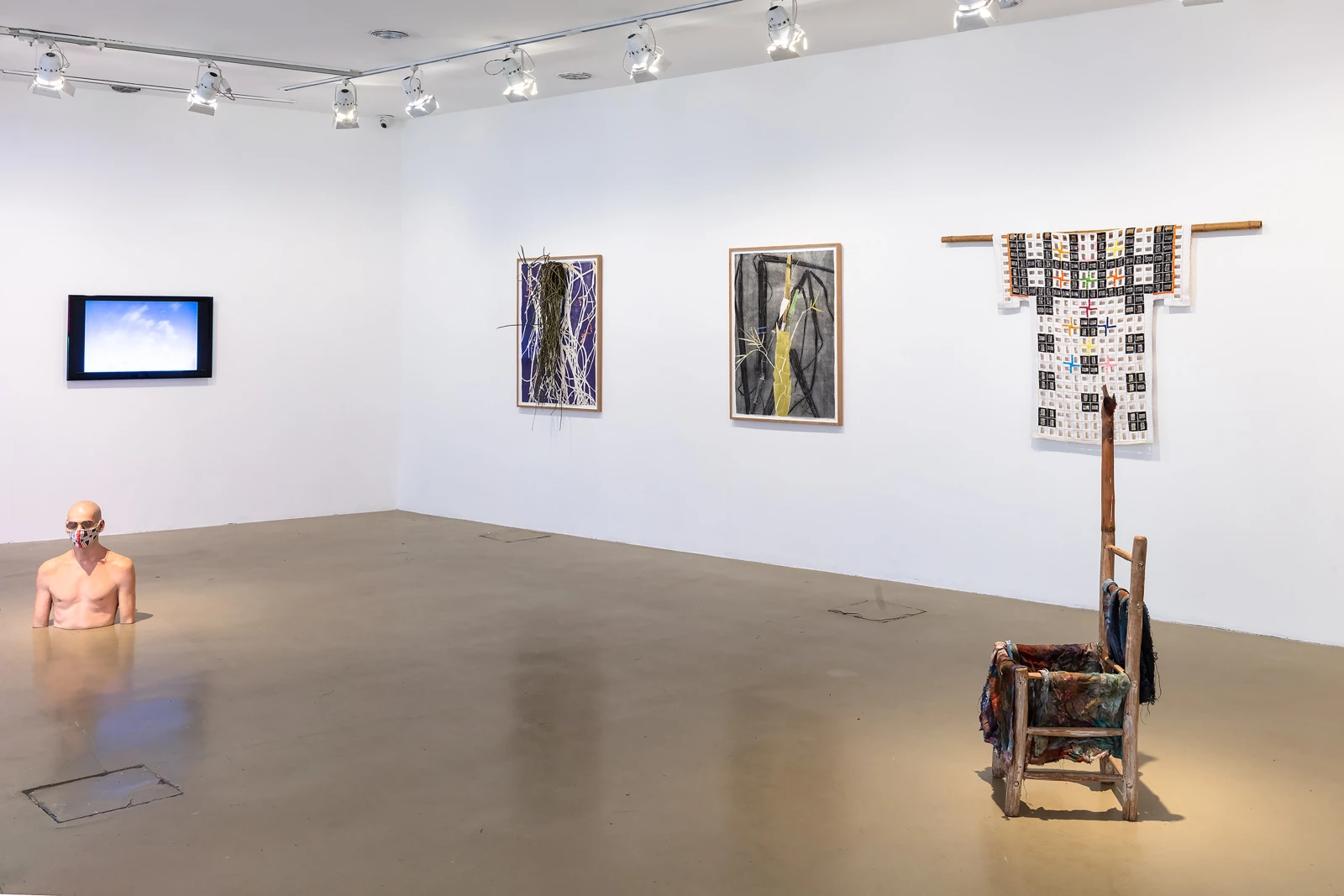
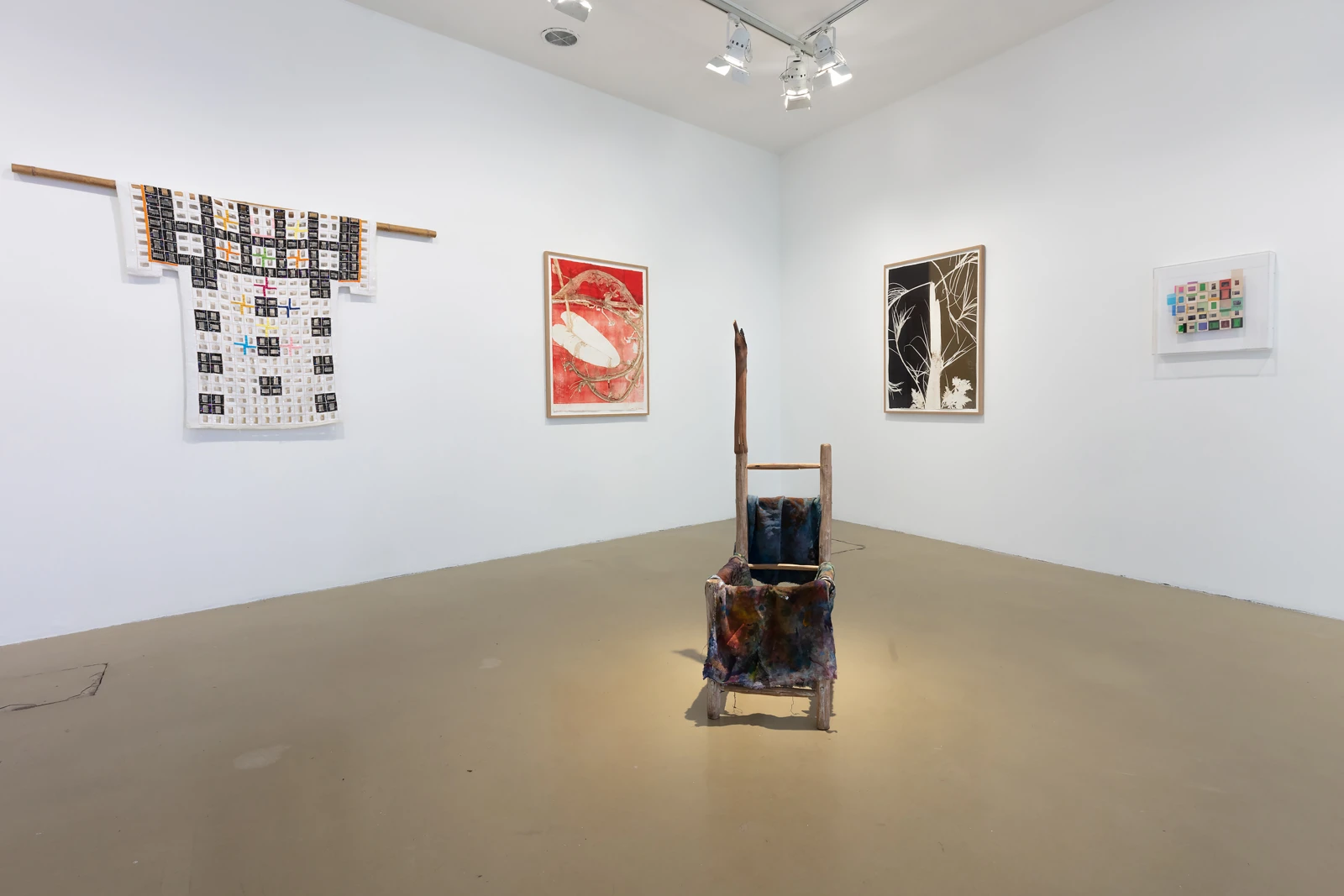



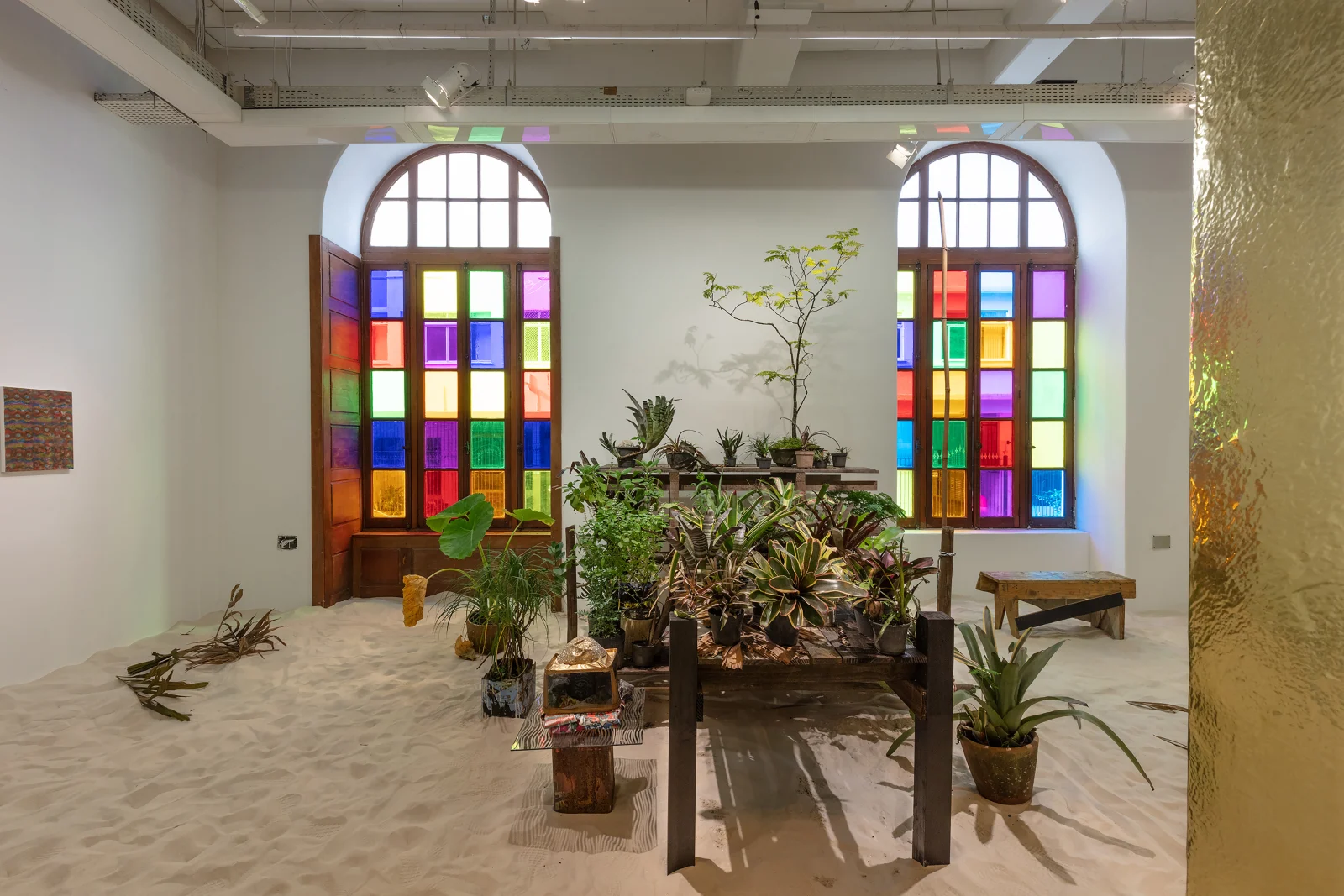
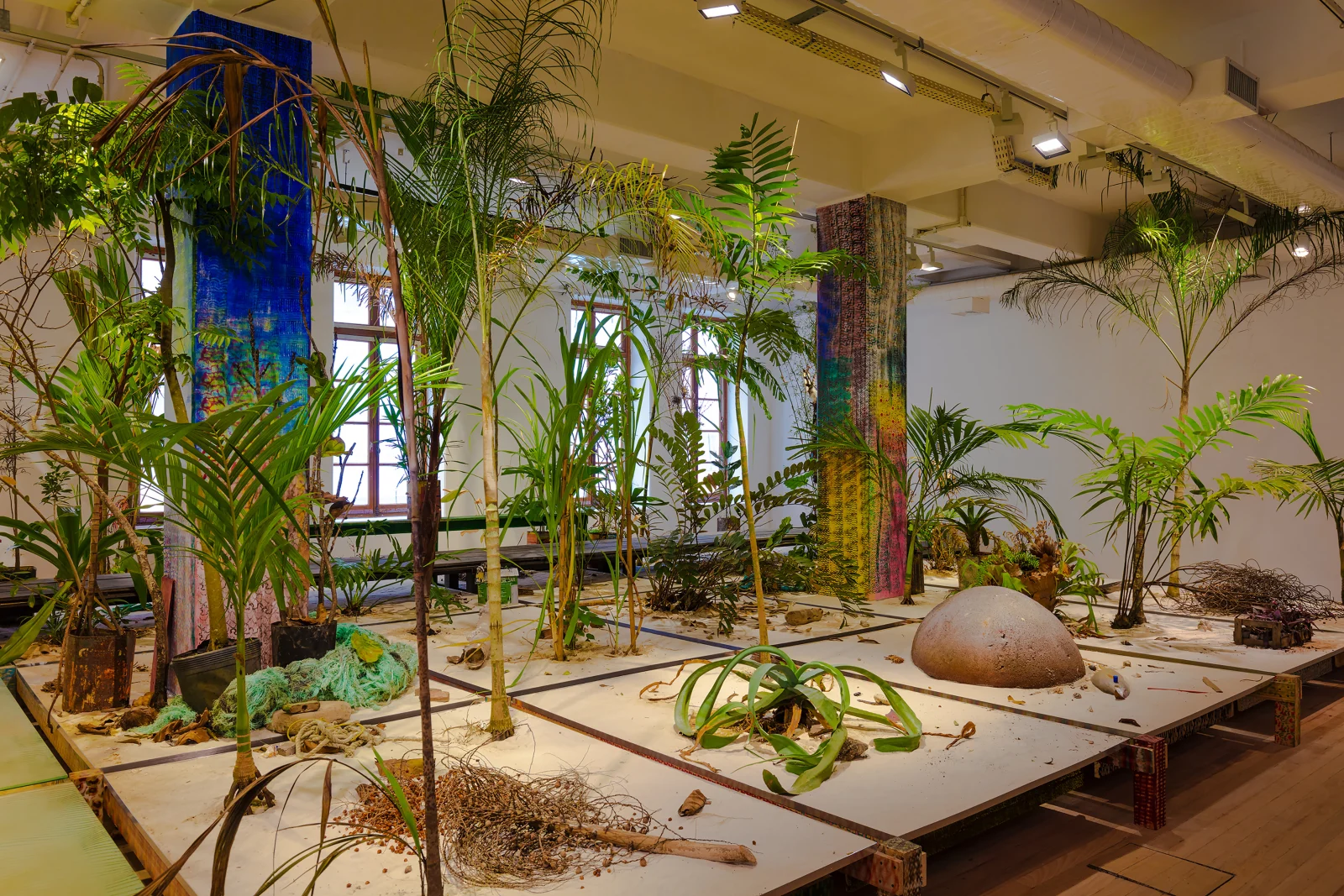

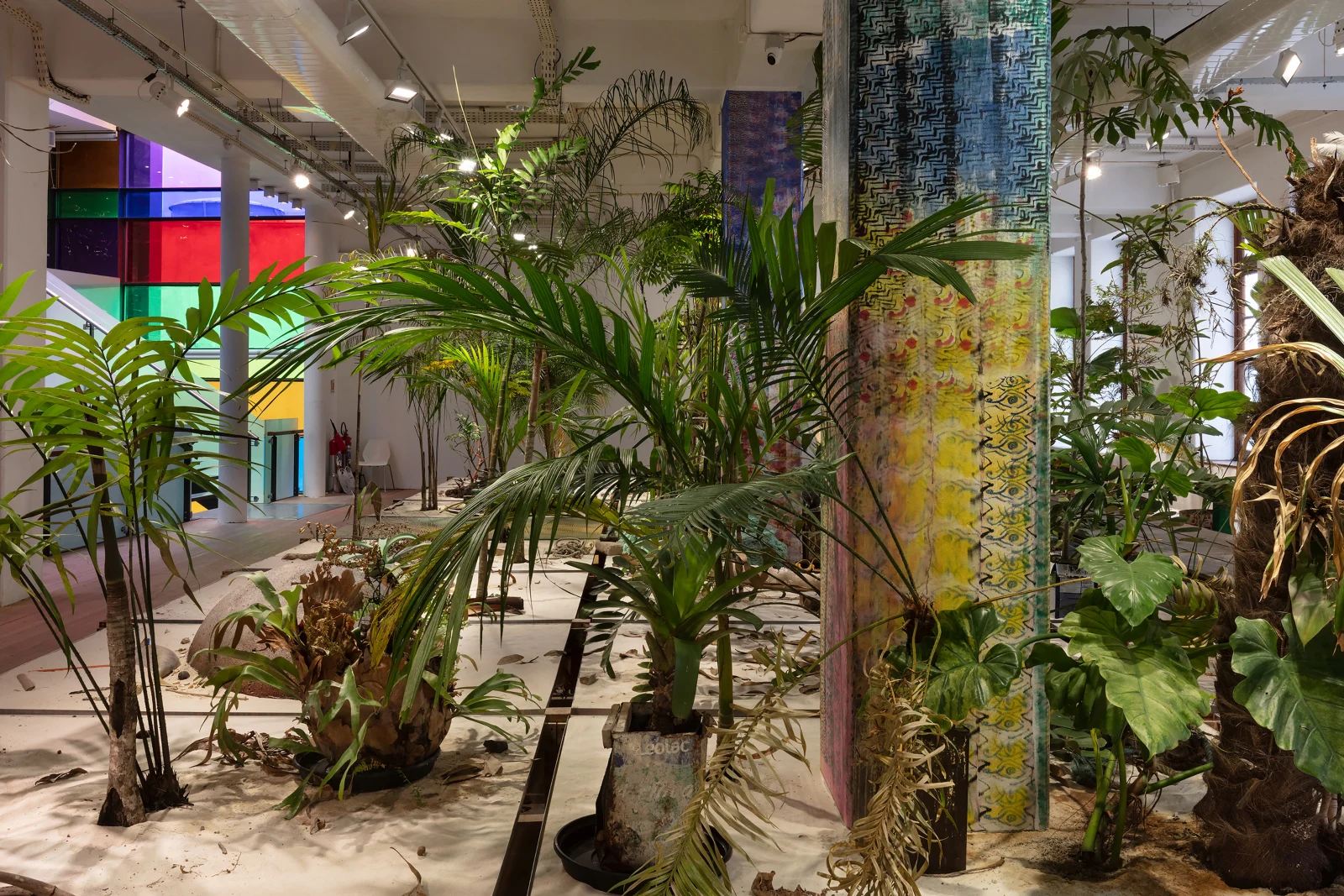
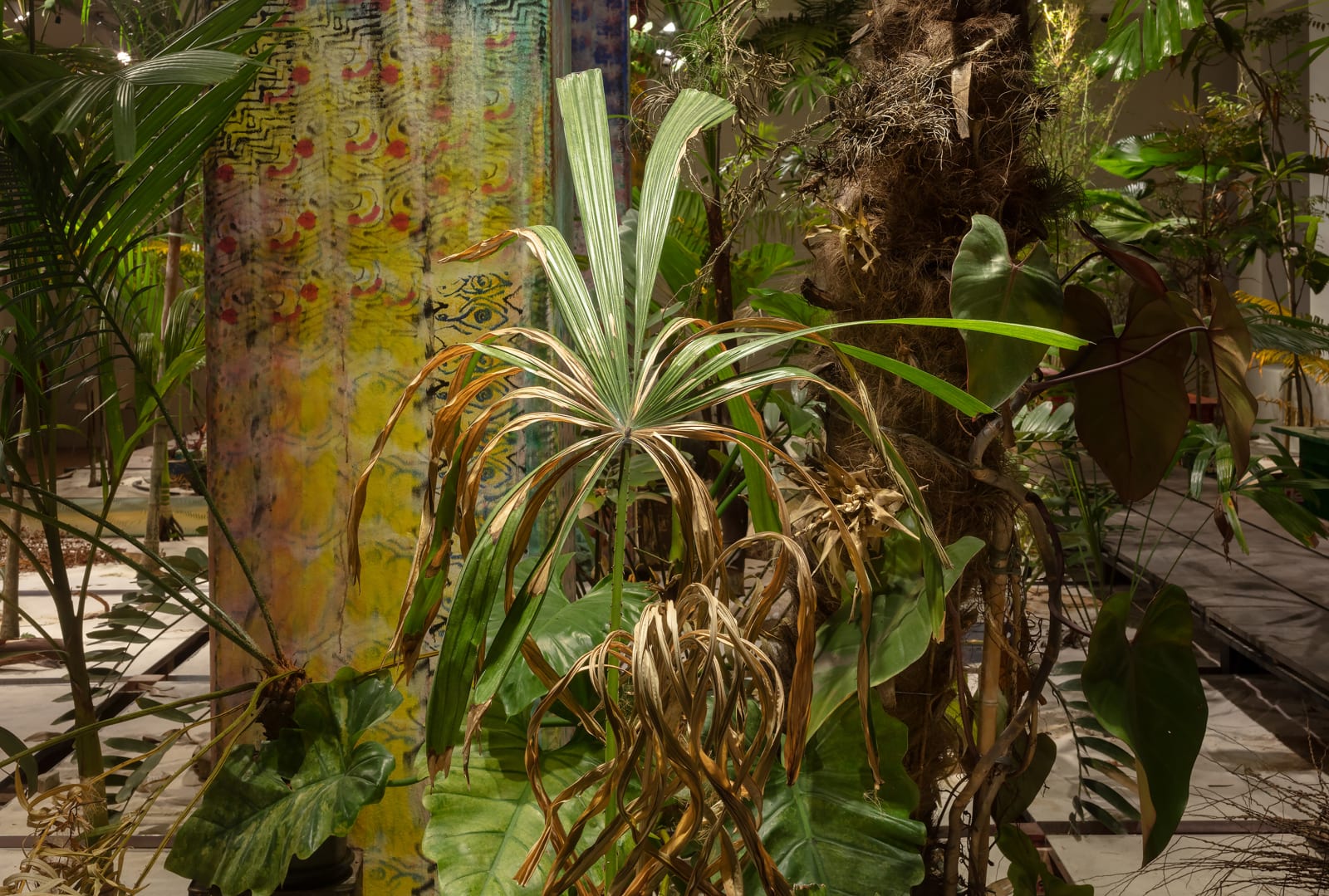
Video credits: Luiz Zerbini, 'XAMÃPACURÁ', 2020. Edition | Luisa Marques; Camera | Batman Zavareze e Alfredo Alves; Photography | Pat Kilgore; Landscape design | Geralda Januário e PC Januário; Lights | Samuel Betts; Soundtrack | Luiz Zerbini e Chelpa Ferro; Costume design | Isabela Capeto e Luiz Zerbini; Laser | Richard Carvalho; Acknowledgments | Sergio Mekler (Luiz Zerbini Studio) Production | Arthur Moura; Assistance | Ana Luiza Fonseca, Juliana Wähner e Ruan D’Ornellas
Installation Views
